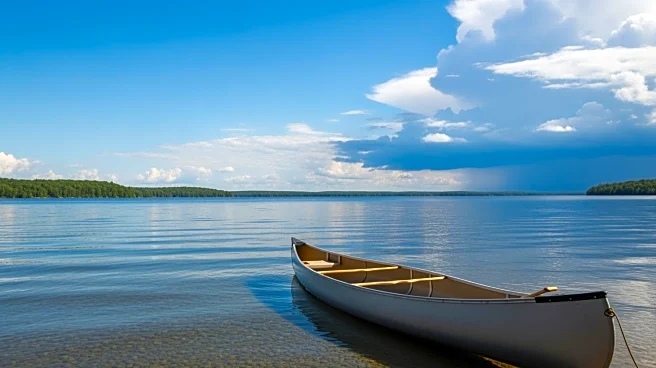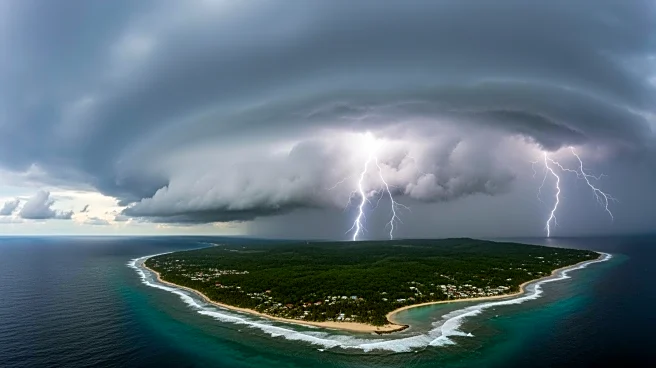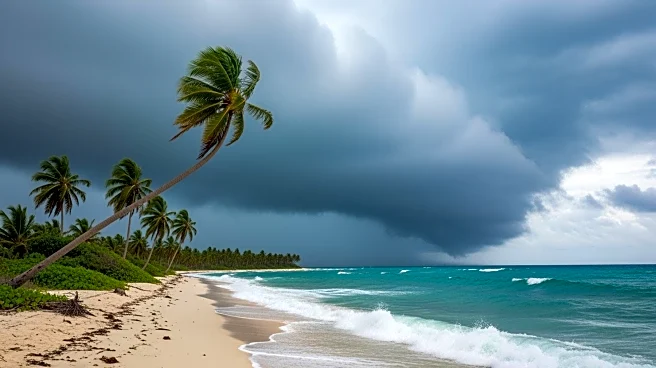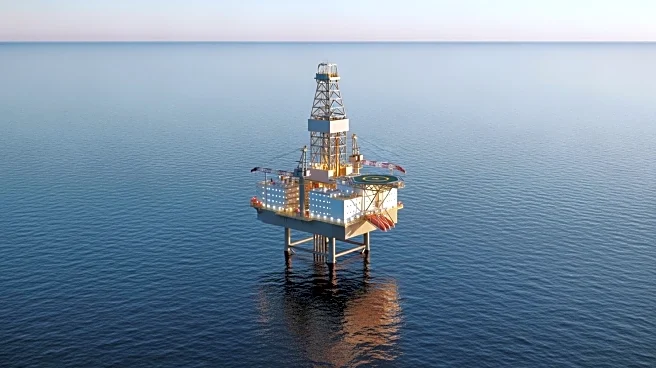What's Happening?
Megan Lawson, an economist at Headwaters Economics, addressed the 2025 Montana Outdoor Recreation Summit, emphasizing the vulnerability of the U.S. outdoor recreation economy to natural disasters such
as wildfires and flooding. Lawson noted that about half of the $1.2 trillion outdoor recreation economy is at risk, with significant impacts on businesses and communities. In Montana, 19 counties are heavily dependent on recreation, and many face high risks from wildfires and flooding. The economic impact of outdoor recreation in Montana was $3.4 billion in 2023, surpassing other sectors like agriculture and transportation. Lawson stressed the importance of resilience planning and community engagement to mitigate these risks.
Why It's Important?
The outdoor recreation economy is a significant contributor to local and national economies, providing jobs and supporting businesses. However, natural disasters pose a substantial threat, potentially leading to long-term economic disruptions. Communities dependent on recreation face challenges in maintaining infrastructure and services when disasters strike. The loss of tourism revenue and essential services can have ripple effects, impacting local governments and residents. Building resilience through strategic planning and community involvement is crucial to safeguarding these economies and ensuring sustainable growth.
What's Next?
Communities are encouraged to integrate resilience planning into their development strategies, considering the impacts of natural disasters on the outdoor recreation economy. Initiatives like building trails that double as fire breaks and engaging local stakeholders in disaster preparedness can enhance community resilience. Additionally, tools like Headwaters Economics' 'Neighborhoods at Risk' can help identify vulnerable populations and areas, guiding targeted interventions. Continued collaboration between government agencies, businesses, and community leaders will be essential in adapting to and mitigating the risks posed by natural disasters.
Beyond the Headlines
The emphasis on resilience planning highlights the broader need for sustainable development practices that account for environmental risks. As climate change intensifies, communities must adapt to increasingly frequent and severe natural disasters. This shift requires a cultural change in how communities perceive and prepare for these events, moving beyond short-term solutions to long-term strategies that integrate economic, environmental, and social considerations.












